It looks like you're using an Ad Blocker.
Please white-list or disable AboveTopSecret.com in your ad-blocking tool.
Thank you.
Some features of ATS will be disabled while you continue to use an ad-blocker.
share:
reply to post by truthsearch
You are correct in my oppinion, looks klike a basking shark exactly and not a mackeral family which exhibits an entirely different skull, and body shape.
You are correct in my oppinion, looks klike a basking shark exactly and not a mackeral family which exhibits an entirely different skull, and body shape.
oh crap, it's jaws. this is why i don't like to swim in the ocean, we got no idea what is really down there. probably highly evolved brine shrimp
that live in sand castles at the bottom of the ocean.
Originally posted by sayzaar
The cage in my opinion is just a model and the shark nothing out of the ordinary. Just a hoax to make it look as if it's a bohemoth. If the film was real and indeed taken at unexplored depths, then there would'nt be a guy in a cage there feeding sharks, would there!!!
I second that. Something doesn't seem right with that "cage".
To me, it looks like a prank made specifically to get something sensational on Japanese TV.
In my opinion, that's nothing but a Pacific Sleeper Shark.
They're very large animals, and Megalodon is definitely extinct.
They're very large animals, and Megalodon is definitely extinct.
In my opinion, that's nothing but a Pacific Sleeper Shark.
They're very large animals, and Megalodon is definitely extinct.
They're very large animals, and Megalodon is definitely extinct.
THe 1st sharks appeared in the early Devonian period. All modern sharks existed in the tertiary period. As an avid diver and someone who has dove
with many different kinds of sharks, I can safely tell you I have never seen a shark that doesn't have at least 5 and no more than 7 gill slits.
NOw on to the video. It's not a Megla. They looked almost identical to great whites only larger in scale. That looks nothing like a great white. If they are indeed at the depth they claim that isn't a diving cage. It could be a protective cage for the camera. At the depth they claim to be at light penetration is a problem. So everything is going to be fairly close to the camera. Giving it the appearance that it's larger than it really is. Now if its a protective cage for the camera rigs then it's probably only a few feet across.
I am 99% certain it's a Pacific Sleeper Shark. The location is right. The depth is right, they live up to 2000 Meters deep. Large ones can get up to 15 feet but it's generally accepted that a very old one could hit 23-24 feet. The manner it's feeding is consistent with a pacific sleeper.
NOw on to the video. It's not a Megla. They looked almost identical to great whites only larger in scale. That looks nothing like a great white. If they are indeed at the depth they claim that isn't a diving cage. It could be a protective cage for the camera. At the depth they claim to be at light penetration is a problem. So everything is going to be fairly close to the camera. Giving it the appearance that it's larger than it really is. Now if its a protective cage for the camera rigs then it's probably only a few feet across.
I am 99% certain it's a Pacific Sleeper Shark. The location is right. The depth is right, they live up to 2000 Meters deep. Large ones can get up to 15 feet but it's generally accepted that a very old one could hit 23-24 feet. The manner it's feeding is consistent with a pacific sleeper.
reply to post by CaptGizmo
My first thought was that it might be a basking shark but if the video says its a pacific sleeper shark than that's probably what it is.
Pacific Sleeper Shark
Definitely not a Megaladon either way. As for its enormous size - it's in the foreground and might also be larger than the other sharks feeding from the bait (who might very well only be 3-5 feet in length for all we know).
My first thought was that it might be a basking shark but if the video says its a pacific sleeper shark than that's probably what it is.
Pacific Sleeper Shark
Definitely not a Megaladon either way. As for its enormous size - it's in the foreground and might also be larger than the other sharks feeding from the bait (who might very well only be 3-5 feet in length for all we know).
reply to post by Marshall Ormus
i was going to say the pacific version of the greenland shark, but you beat me to it
i was going to say the pacific version of the greenland shark, but you beat me to it
is this for reals? because i hope it is!!!....we have only explored like 1 % of the ocean havent w?
What ever it is that's insanely big!!! that's the reason i don't swim in the sea!!!!
As a previous post mentioned, it looks just like a basking shark. (That is what it looked like to me)
It's not that big, you can see the common shark parasite, it's just zoomed in with a small cage
Hi,
I don't know much about sharks but there's a sucker fish thing on this sharks gill... how big are they known to get?
I don't know much about sharks but there's a sucker fish thing on this sharks gill... how big are they known to get?
Originally posted by Roper
We've been hoax so much I don't believe any thing I see.
What ever it is, it's perceptive is big. Just like UFO vid's only the one shooting the film knows for sure.
Roper
[edit on 2-6-2008 by Roper]
And that is the problem. Even if an alien took pictures of its own UFO and posted them on the net they would be called fake and a hoax.
reply to post by CaptGizmo
Now that was cool I have a megalodon tooth in my collection of shark teeth it was estimated at 60 feet which by their standards is smaller than
the average megalodon shark.
reply to post by Illahee
Looking at the shark it looks old real old and it has a lot of scars. Could just be a little bigger then normal and old for a modern shark.
Looking at the shark it looks old real old and it has a lot of scars. Could just be a little bigger then normal and old for a modern shark.
Swiss naturalist Louis Agassiz gave this prehistoric shark its scientific name, meaning “ bigtooth,” in 1835. Based on similarities between its teeth and those of the great white shark,Agassiz classified them as relatives, but some modern ichthyologists dispute that claim. Re-construction of the shark ’s jaw in 1909, using the largest teeth available, produced a 120-ft.monster, but subsequent estimates range from 50 to 80 ft long. In either case, and by anyname, megalodon remains the largest shark known to science.Is it still alive?Most ichthyologists believe megalodon died out around 1.5 million years ago, but fossilevidence suggests that they are wrong. The British research ship Challenger dredged up two megalodon teeth from the Atlantic, at a depth of 14,000 feet, in 1875. Dr. WladomirTschernezky analyzed the teeth at London’s Queen Mary College in 1959, and reportedthat one was 24,000 years old and the other no more than 11,000 years old. His findingslend credence to several reports of giant sharks resembling great whites recorded duringthe 20th century.• 1918: Australian fishermen reported an encounter with a monstrous shark nearBroughton Island, off the coast of New South Wales. The shark swallowed several 3-ft.-wide crayfish traps with “ pots, mooring lines, and all.” Estimates of its length ex-ceeded 100 feet, perhaps exaggerated by fear. All agreed that the beast was a shark“of the White Death type,” and not a whale.• 1927: American novelist Zane Gray saw a shark longer than his 40-ft. boat while fish-ing off the Polynesian island of Rangiroa.• 1933: Gray ’s son, Loren, saw a nearly-identical shark while sailing 100 miles north-west of Rangiroa. He described it as 40 to 50 ft. long, with a head 10 to 12 ft. wide, andinsisted that it was not a whale shark.• 1950s: Author Thomas Helm watched a large shark resembling a great white swimunder his 60-ft. boat in the Gulf of Mexico. Helm said that the fish “ was not an inchless than 30 feet ” long, and that when it was under the fishing boat, its pectoral finsprotruded on either side.• March 1954: While riding out a storm near Timor, Indonesia, sailors aboard the RachelCohen felt a violent blow against the keel. They later found 17 shark ’s teeth embeded in the hull, averaging 4 in. long and 3 in. wide. Ichthyologist John Randall, atHawaii’s Bishop Museum, estimated the shark must have been 36 - 46 ft. long.While no megalodon has yet been killed or caught alive, the species enjoys a measureof celebrity through horror novels and films. Novels involving relict megalodons in-clude Charles Wilson’s Extinct (1997), Cari McKnight ’s From the Dark Below (2001), and awhole series from author Steve Alten: Meg (1997), The Trench (2000), Meg: Primal Waters (2004), and Meg: Hell ’s Aquarium (2008). Films depicting megalodons at large include Shark Hunter (2001), Shark Attack 3: Megalodon (2002), Megalodon (2004), and the Aus-trian production Hai-Alarm auf Mallorca (2004). Further Reading: Renz, M. Megalodon: Hunting the Hunter. ( Lehigh Acres, FL: Paleo Press,2002)
There was something very fishy about that claim here ---->
"The British research ship Challenger dredged up two megalodon teeth from the Atlantic, at a depth of 14,000 feet, in 1875. Dr. WladomirTschernezky analyzed the teeth at London’s Queen Mary College in 1959, and reportedthat one was 24,000 years old and the other no more than 11,000 years old."
Cannot remember what exactly it was...
Source: Hidden Animals A Filed Guide
1st: The Science ------>

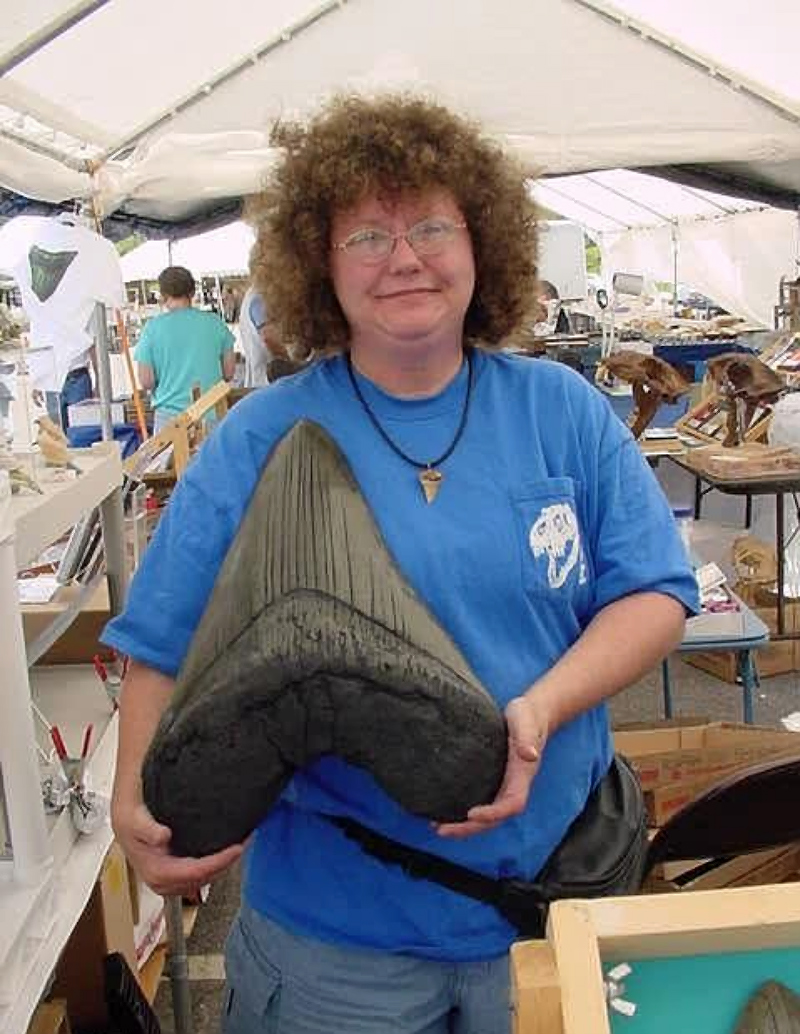
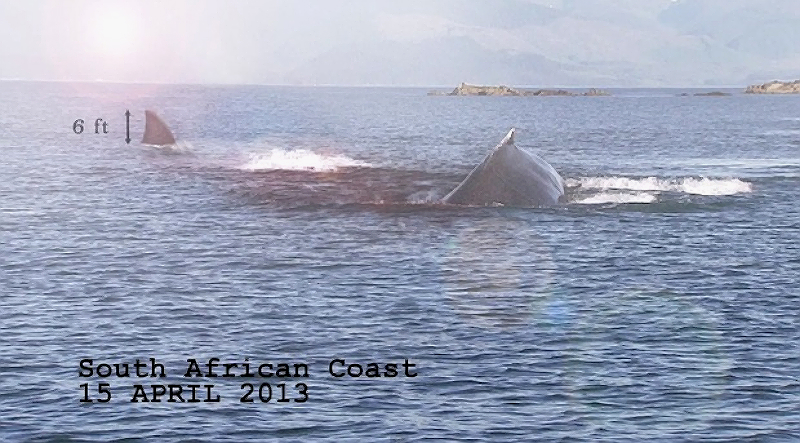
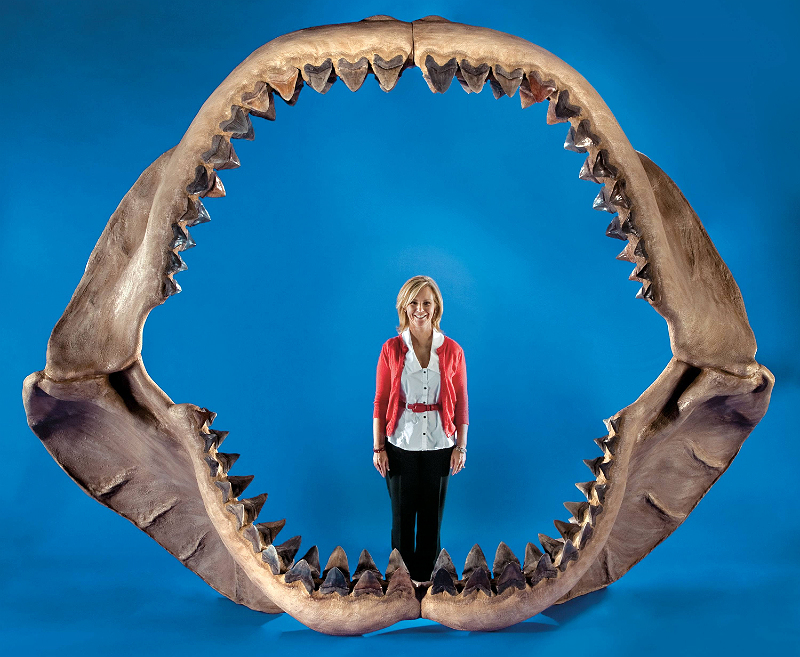
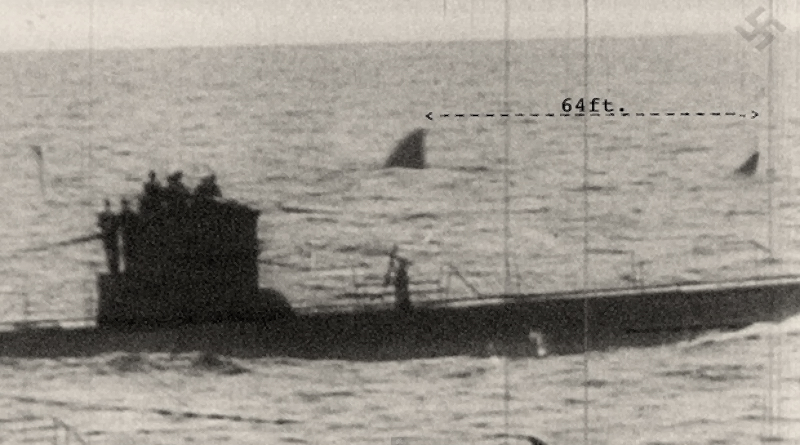
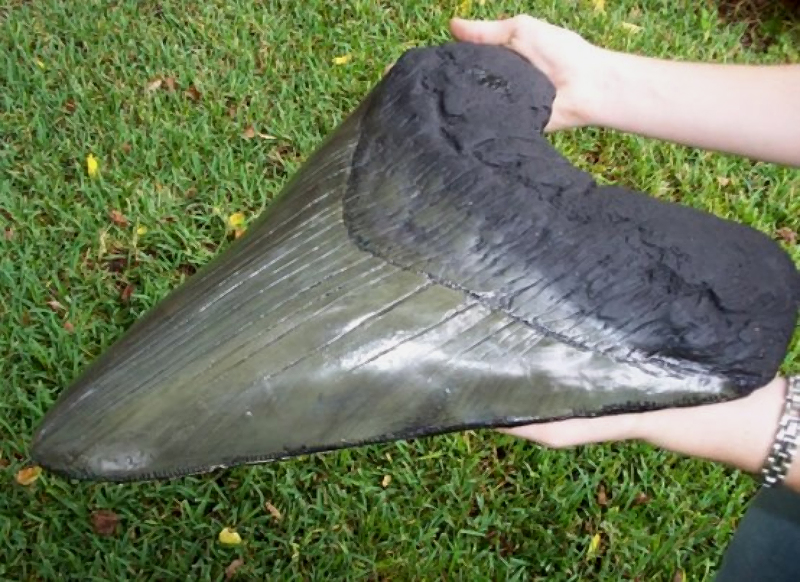
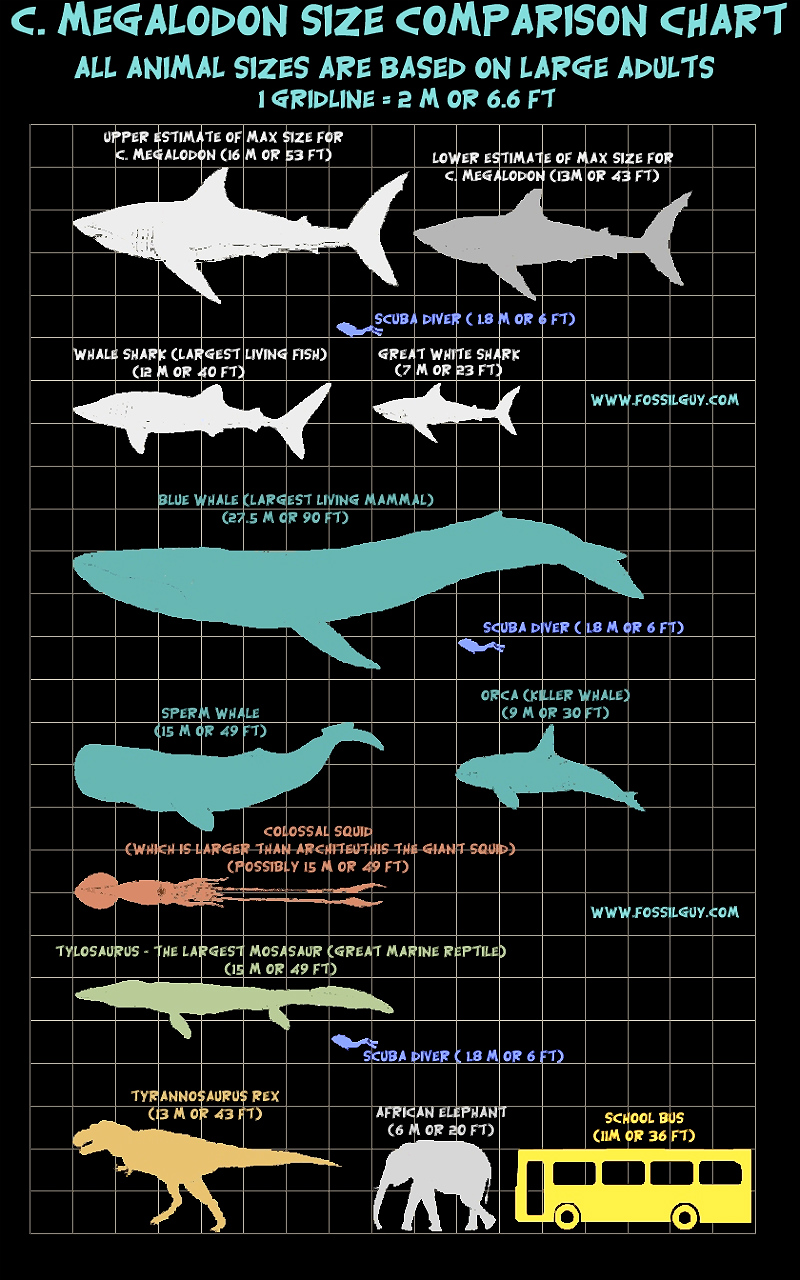
2nd: The Fun ------>
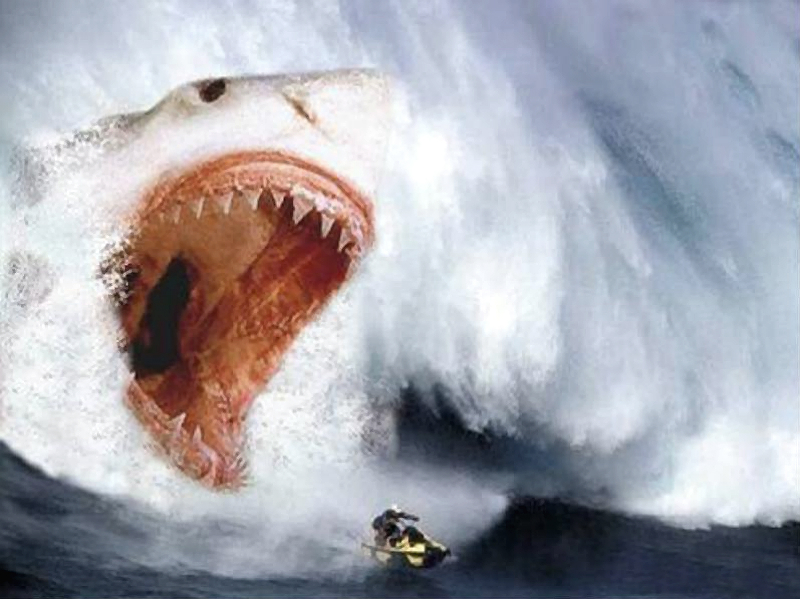
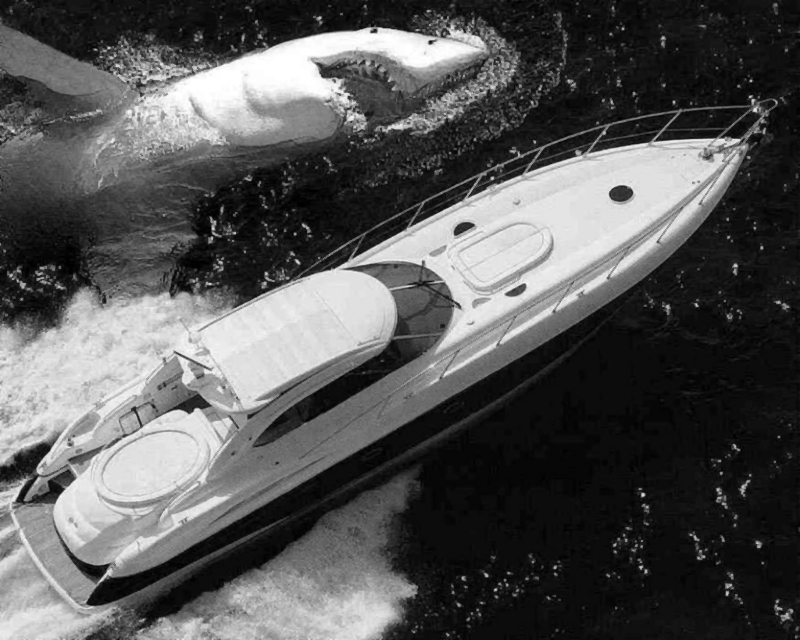
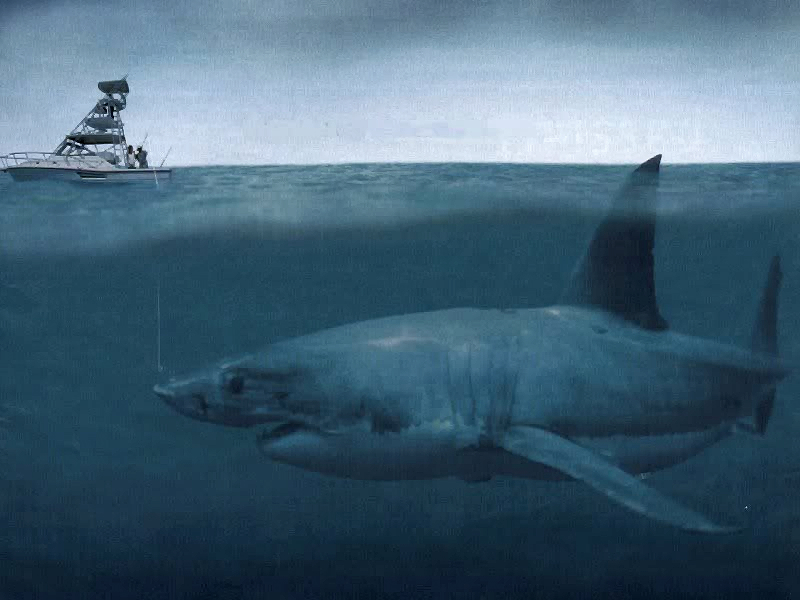

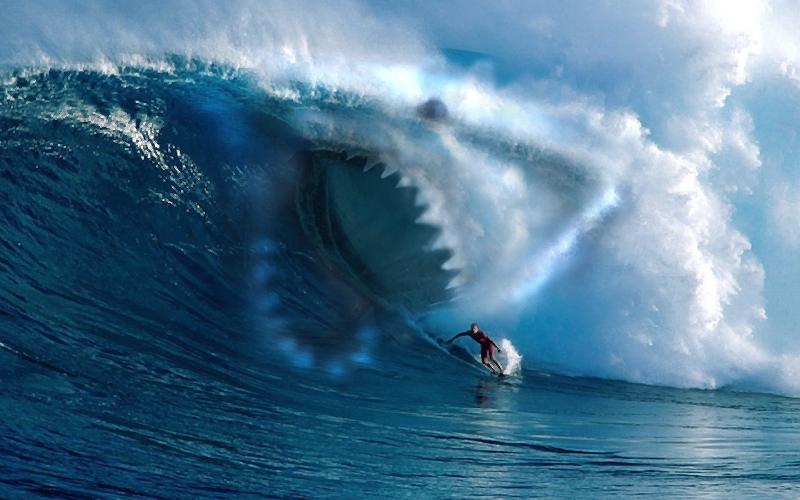
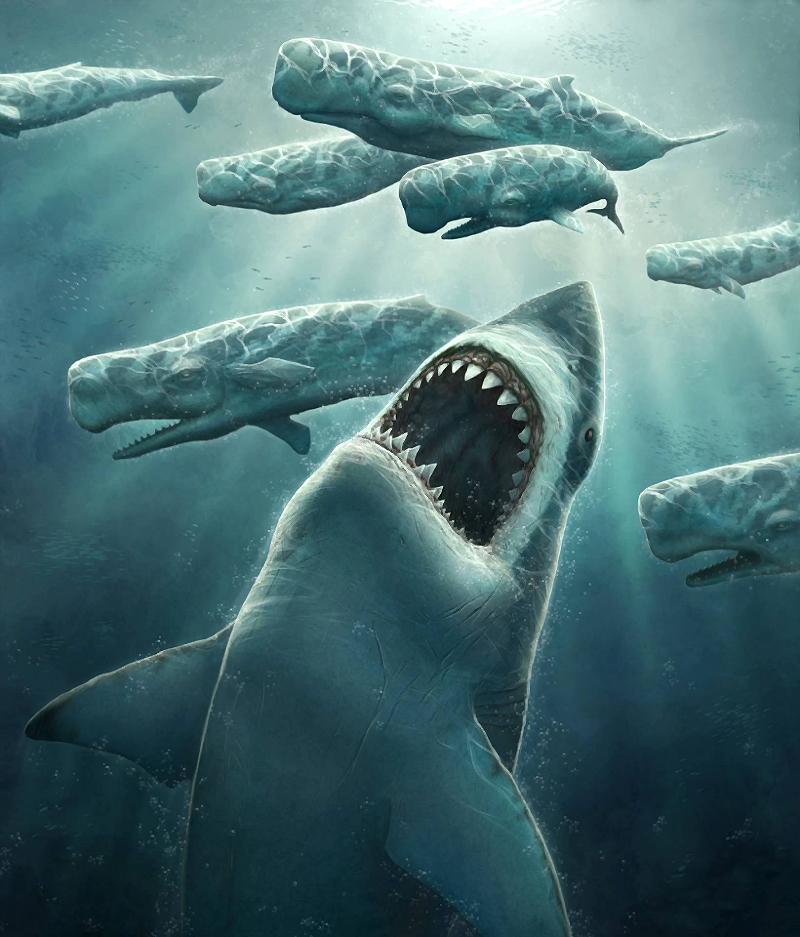
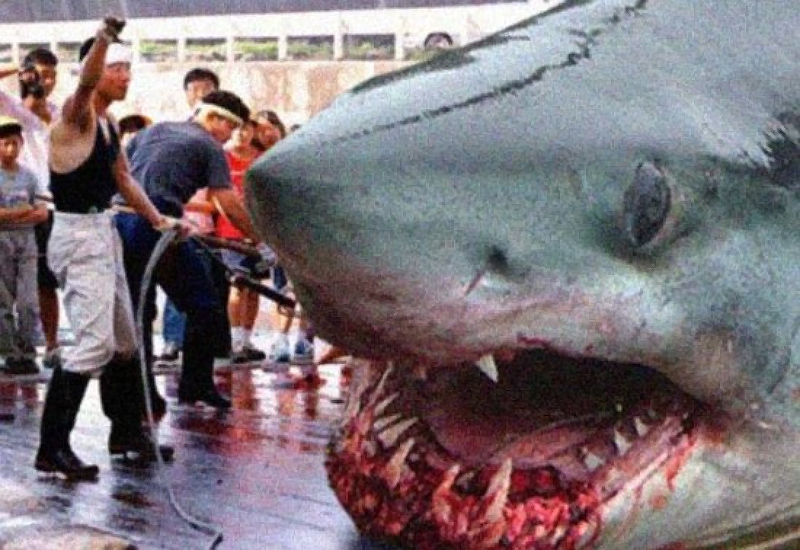
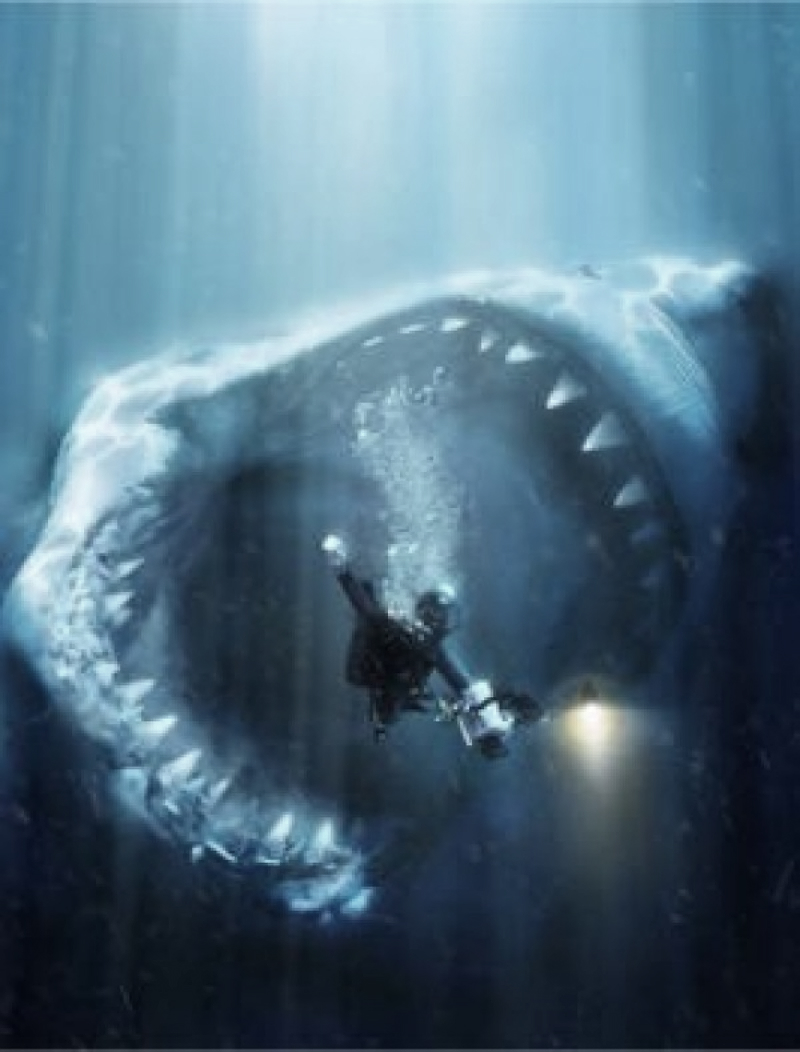
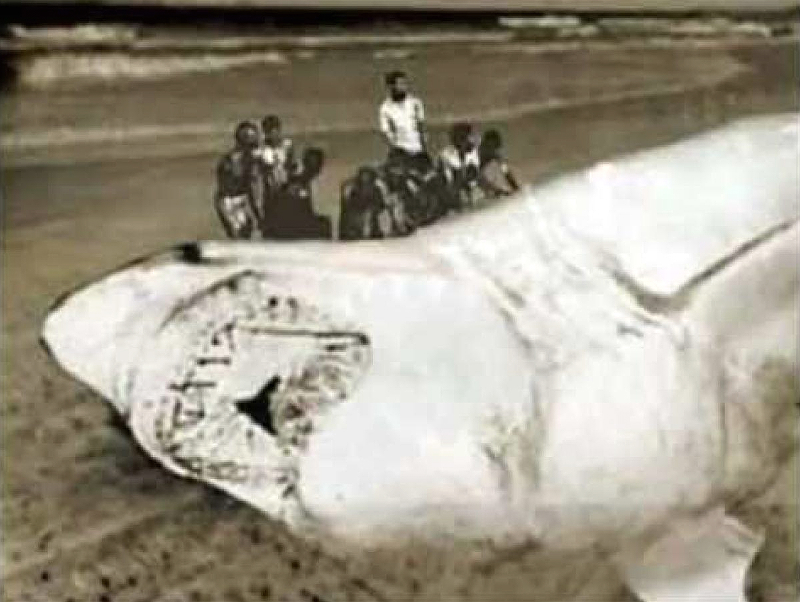

3rd: Some Great Vids ------>
PS: Who knows what is hiding in the deep? :p
Sorry to burst your bubble, but the shark in the vid is a basking shark.


edit on 15-8-2013 by icyboy771z because: (no reason given)
edit on 15-8-2013 by
icyboy771z because: (no reason given)
new topics
-
Paradox of Progress
Ancient & Lost Civilizations: 3 hours ago -
Joe Biden gives the USA's Highest Civilian Honor Award to Hillary Clinton and George Soros.
US Political Madness: 5 hours ago -
Winter Storm
Fragile Earth: 6 hours ago -
Biden Face Planted Somewhere
Politicians & People: 8 hours ago -
A great artist and storyteller, for kids of all ages
General Entertainment: 8 hours ago
top topics
-
Joe Biden gives the USA's Highest Civilian Honor Award to Hillary Clinton and George Soros.
US Political Madness: 5 hours ago, 13 flags -
What Is 'Quad Demic'? Mask Mandate Returns In These US States
Diseases and Pandemics: 12 hours ago, 11 flags -
Volcano Watch 2025
Fragile Earth: 14 hours ago, 8 flags -
The Future of fashion .
Social Issues and Civil Unrest: 13 hours ago, 8 flags -
Winter Storm
Fragile Earth: 6 hours ago, 7 flags -
Bin Cyber Junk…
Short Stories: 13 hours ago, 6 flags -
Biden Face Planted Somewhere
Politicians & People: 8 hours ago, 5 flags -
A great artist and storyteller, for kids of all ages
General Entertainment: 8 hours ago, 5 flags -
Paradox of Progress
Ancient & Lost Civilizations: 3 hours ago, 4 flags -
The Undertones - Teenage Kicks
Music: 14 hours ago, 3 flags
active topics
-
Here we again... CHINA having mass outbreak of something
Diseases and Pandemics • 24 • : NoCorruptionAllowed -
A great artist and storyteller, for kids of all ages
General Entertainment • 1 • : angelchemuel -
What Is 'Quad Demic'? Mask Mandate Returns In These US States
Diseases and Pandemics • 28 • : nugget1 -
-@TH3WH17ERABB17- -Q- ---TIME TO SHOW THE WORLD--- -Part- --44--
Dissecting Disinformation • 3931 • : RelSciHistItSufi -
Joe Biden gives the USA's Highest Civilian Honor Award to Hillary Clinton and George Soros.
US Political Madness • 29 • : caterpillage -
Winter Storm
Fragile Earth • 17 • : WeMustCare -
NJ Drones tied to Tesla explosion at Trump Las vegas
General Conspiracies • 45 • : glen200376 -
Paradox of Progress
Ancient & Lost Civilizations • 2 • : ChaoticOrder -
New Jersey-Teachers Can Now Be Certified Without Passing Basic Reading Writing Math Testing
Education and Media • 14 • : boatguy12 -
Judge rules president-elect Donald Trump must be sentenced in 'hush money' trial
US Political Madness • 18 • : marg6043
